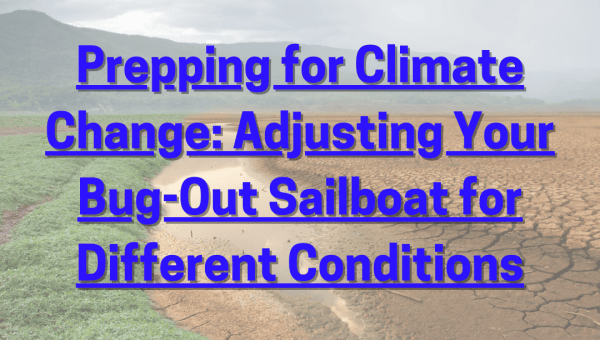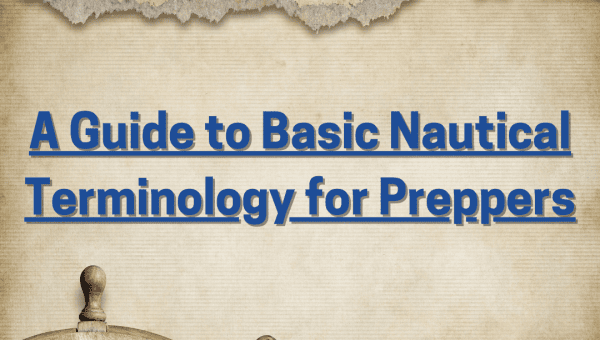We have found some of the best eBooks on sailing with links to their torrents.
Marine - Sailing eBooks (37): ![]() Get This Torrent
Get This Torrent
Click to open File List
Basic Cruising 2ed 2002 Certification Series 1882502973.pdf
- Basic Cruising.pdf
- Basic Keelboat 1998 Certification Series 1882502213.pdf
- Be Your Own Sailing Coach 2008 Emmett 0470319291.pdf
- Blue Book Of Sailing 2009 Cort 0071548007.pdf
- Blue Water Sailing 2010.04.pdf
- Catamarans The Complete Guide for Cruising Sailors 2008 Tarjan 0071596224.pdf
- Complete Idiot's Guide to Boating and Sailing 2ed 2002 Sargeant 0028643542.epub
- Complete Idiot's Guide to Boating and Sailing 2ed 2002 Sargeant 0028643542.pdf
- Complete Trailer Sailor 2009 Gilbert 0071593601.pdf
- Fast Track to Sailing 2009 Colgate 0071615204.pdf
- Fix It and Sail 2006 Gilbert 0071458093.pdf
- Float Your Boat! 2009 Denny 0801890093.pdf
- Handbook of Sailing 2005 Bond 0679740635.pdf
- Hydrodynamic Modeling of Sailing Yachts.pdf
- Legends and Superstitions of the Sea and the Sailors 1885 Bassett.pdf
- Manual of Yacht and Boat Sailing 4ed 1884 Kemp.pdf
- Manual of Yacht and Boat Sailing and Architecture 11ed 1913 Kemp.pdf
- Maximum Sail Power 2003 Hancock 0972202609.pdf
- Nigel Calder's Cruising Handbook.epub
- Nigel Calder's Cruising Handbook.pdf
- Physics of Sailing 2010 Kimball 1420073768.pdf
- Practical Seamanship Essential Skills for the Modern Sailor 2001 Dashew.pdf
- Racing Rules of Sailing 2005-2008.pdf
- Sailboat Refinishing 1996 Casey 0071508996.pdf
- Sailing 2007 Evans 0756626266.pdf
- Sailing Alone Around the World 1895 Slocum.pdf
- Sailing for Dummies 2ed 2006 Isler 0471791431.pdf
- Sailors Book of Small Cruising Sailboats 2010 Henkel 0071736947.pdf
- Sailor’s Start-Up A Beginner’s Guide to Sailing 2ed 2001 Werner 1884654010.pdf
- Seamanship Secrets 2009 Jamieson 0071605793.pdf
- Self-Steering Under Sail 1998 Förthmann 0713648928.pdf
- Steve Henkel - The Sailors Book of Small Cruising Sailboats Reviews and Comparisons o.pdf
- Stress-Free Sailing.epub
- Stress-Free Sailing.mobi
- The Sailor's Word Book 0851779727.pdf
- YCC Sailing Course for Beginners.pdf
Marine - Food & Cooking eBooks (13): ![]() Get This Torrent
Get This Torrent
Click to open File List
- 250 amazing fishing tips - the best tactics and techniques to catch any and all game fish - bass, trout, panfish and more!.pdf
- Basic Fishing - A Beginner's Guide.pdf
- Cook and Sail Adriatic and Mediterranean Way Cooking on a Boat - Zlatko Gall.azw3
- Cook and Sail Adriatic and Mediterranean Way Cooking on a Boat - Zlatko Gall.epub
- Cook and Sail Adriatic and Mediterranean Way Cooking on a Boat Zlatko Gall.pdf
- Farming the High Seas.pdf
- Ken Schultz's Field Guide To Freshwater Fish.pdf
- Ken Schultz's Field Guide To Saltwater Fish.pdf
- Making Wooden Fishing Lures - Carving and Painting Techniques that Really Catch Fish.pdf
- Sailing the Farm 1981 Neumeyer 0898150515.pdf
- SaltwaterBoatAnglingApril2022.pdf
- The boat cookbook - Real food for hungry sailors, Sims F 2014 .epub
- The Cruiser's Handbook of Fishing.pdf




